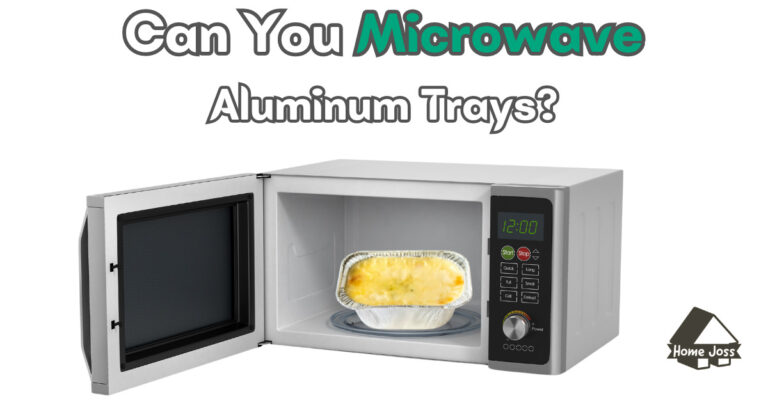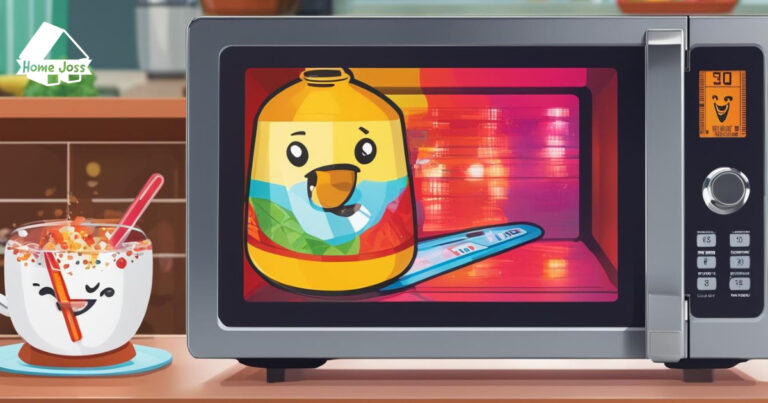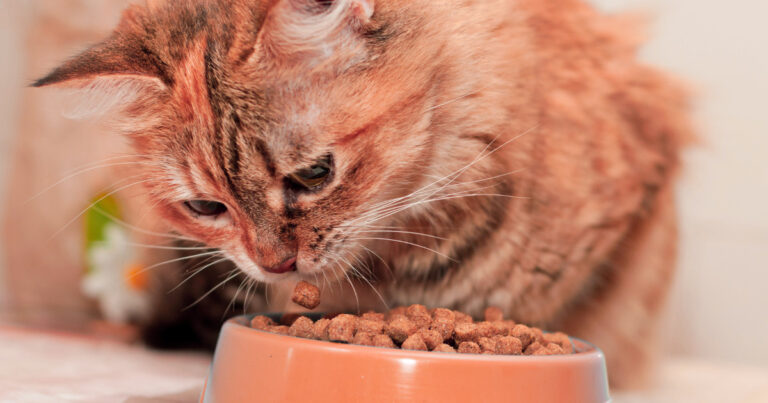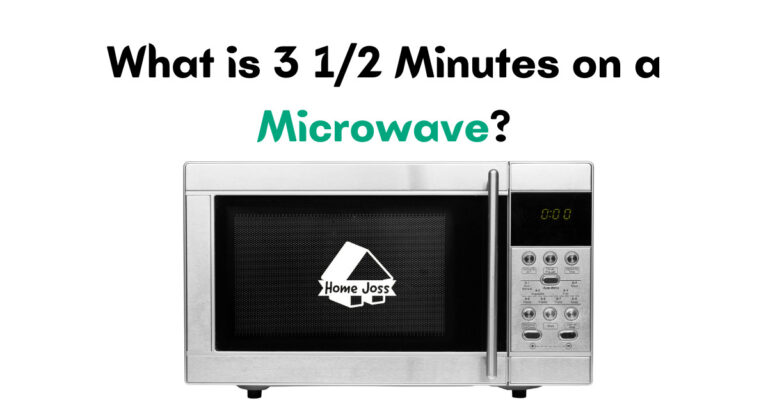When it comes to microwaving a water bottle, the safety and potential risks involved are important factors to consider. While some plastic water bottles may be labeled as microwave-safe, the majority of single-use disposable water bottles are not intended for heating or reuse.
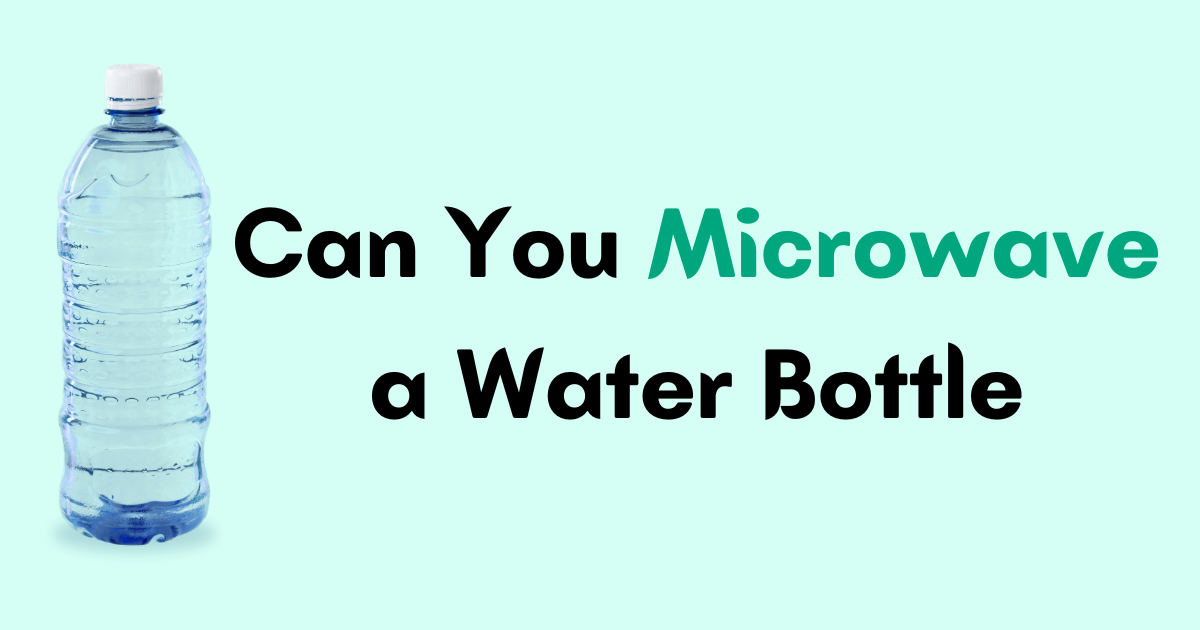
Microwaving plastic containers that are not specifically designed for heating can lead to hazards such as chemical leaching, melting, and the release of harmful toxins. It is essential to know the risks involved before placing a plastic water bottle in the microwave.
Is It Safe to Microwave a Plastic Water Bottle?
When it comes to microwaving a water bottle, safety is a top concern. While some plastic water bottles may be labeled as microwave-safe, it is important to understand the risks involved with microwaving plastic containers that are not specifically designed for heating.
The majority of single-use disposable water bottles are not intended for microwave use, and microwaving them can lead to hazards such as chemical leaching, melting, and the release of harmful toxins.
Plastic water bottles labeled as microwave-safe are designed to withstand the heating process and reduce the risk of chemical leaching or melting. These bottles are typically made from microwave-safe plastics, such as #5 plastic.
However, it is important to note that not all plastics are created equal, and single-use plastic water bottles, usually labeled with the recycling number #1 or PET, are generally not safe for microwaving.
To ensure safety when microwaving a plastic water bottle, it is best to choose microwave-safe materials. Look for reputable brands and check the manufacturer’s guidelines for microwave use. It is also recommended to heat the bottle on a lower power level and for a shorter duration to minimize the risk of chemical leaching or melting.
If possible, consider using alternative microwave-safe materials like ceramic or glass to further reduce the potential health hazards associated with heating certain types of plastics.
Comparison of Microwave-Safe Plastics
| Plastic Type | Microwave-Safe | Recycling Number |
|---|---|---|
| #1 or PET | No | Generally not recommended for microwaving |
| #5 | Yes | Considered microwave-safe |
When it comes to microwaving a plastic water bottle, it is crucial to prioritize safety and be aware of potential health risks. By understanding the different types of plastics and their microwave-safe properties, you can make informed decisions and minimize the potential hazards associated with microwaving plastic water bottles.
Can You Microwave a Water Bottle for Cramps?
When it comes to relieving cramps, many people wonder if microwaving a water bottle is a safe and effective method. While microwaving a water bottle for cramps can provide soothing heat, it is important to take certain precautions to ensure safety.
Safety Precautions:
- Remove the cap: Before microwaving a water bottle, make sure to remove the cap. This is crucial to prevent pressure build-up and potential explosions.
- Choose a microwave-safe hot water bottle: Opt for hot water bottles that are specifically labeled as microwave-safe. These bottles are designed to withstand the heating process and reduce the risk of damage or leaks.
- Alternative heating methods: If you don’t have a microwave-safe hot water bottle, you can use alternative heating methods like warm water from the tap or kettle. Just make sure the water is at a comfortable and safe temperature before using it on your cramps.
By following these safety precautions, you can safely use a water bottle for cramp relief without putting yourself at risk.
Benefits of Microwaving a Water Bottle for Cramps
Microwaving a water bottle for cramps can provide several benefits. The heat from the warm water helps relax muscles, increase blood flow, and alleviate discomfort. It can be a convenient and cost-effective way to find relief from menstrual cramps, muscle spasms, or other types of pain.
| Benefits | Explanation |
|---|---|
| Relaxation of muscles | The warmth from the heated water bottle helps relax tense muscles, reducing cramp intensity. |
| Improved blood flow | The heat promotes better circulation, which can help reduce inflammation and ease pain. |
| Convenient and cost-effective | Microwaving a water bottle is a simple and affordable method for cramp relief that can be done at home. |
It is important to note that while microwaving a water bottle for cramps is generally safe, it should not be confused with heating a water bottle for drinking purposes. Always prioritize safety and follow the recommended precautions to avoid any potential risks.
Tips for Microwaving Plastic Water Bottles
When it comes to microwaving plastic water bottles, it is crucial to prioritize safety and follow certain tips to avoid potential risks. Here are some guidelines to ensure a safer microwaving experience:
Choose Microwave-Safe Materials
Opt for plastic water bottles that are specifically labeled as microwave-safe and made with high-quality materials. Look for bottles that are BPA-free, as BPA is a chemical that can potentially leach into your food or drink when heated. By selecting microwave-safe materials, you can reduce the risk of chemical leaching and potential health hazards.
Limit Temperature and Duration
Set the lowest possible temperature and limit the duration of microwaving when heating plastic water bottles. By using a lower power level, you can minimize the chance of the bottle reaching high temperatures that may cause melting or release harmful toxins. It is important to follow the manufacturer’s guidelines and avoid overheating the bottle to ensure your safety.
Consider Alternative Materials
If you are concerned about the potential risks associated with microwaving plastic, consider using alternative microwave-safe materials like ceramic or glass. These materials are less likely to leach chemicals or melt when exposed to heat.
By choosing alternative materials, you can further reduce the risk of chemical leaching and ensure a safer microwaving experience.
By following these safety tips, you can minimize the potential hazards of microwaving plastic water bottles. Always prioritize your well-being and be aware of the potential risks involved when using certain types of plastics in the microwave.
FAQ about Microwaving a Water Bottle
Can you microwave a plastic water bottle?
It is not recommended to microwave a plastic water bottle, especially if it is not labeled as microwave-safe. Non-microwave-safe plastic bottles can pose risks such as chemical leaching, melting, and the release of harmful toxins.
Is it safe to microwave a water bottle for cramps?
Microwaving a water bottle for cramps can be safe if certain precautions are taken. It is important to remove the cap to prevent pressure build-up and explosions. Using microwave-safe hot water bottles or alternative heating methods like warm water from the tap or kettle is also a safer option.
What are some tips for microwaving plastic water bottles?
When microwaving plastic water bottles, it is important to choose microwave-safe bottles made with high-quality materials, preferably BPA-free. Stick to reputable brands and follow the manufacturer’s guidelines. Set the lowest possible temperature and limit the duration of microwaving. Consider using alternative microwave-safe materials like ceramic or glass to reduce the risk of chemical leaching or melting.


